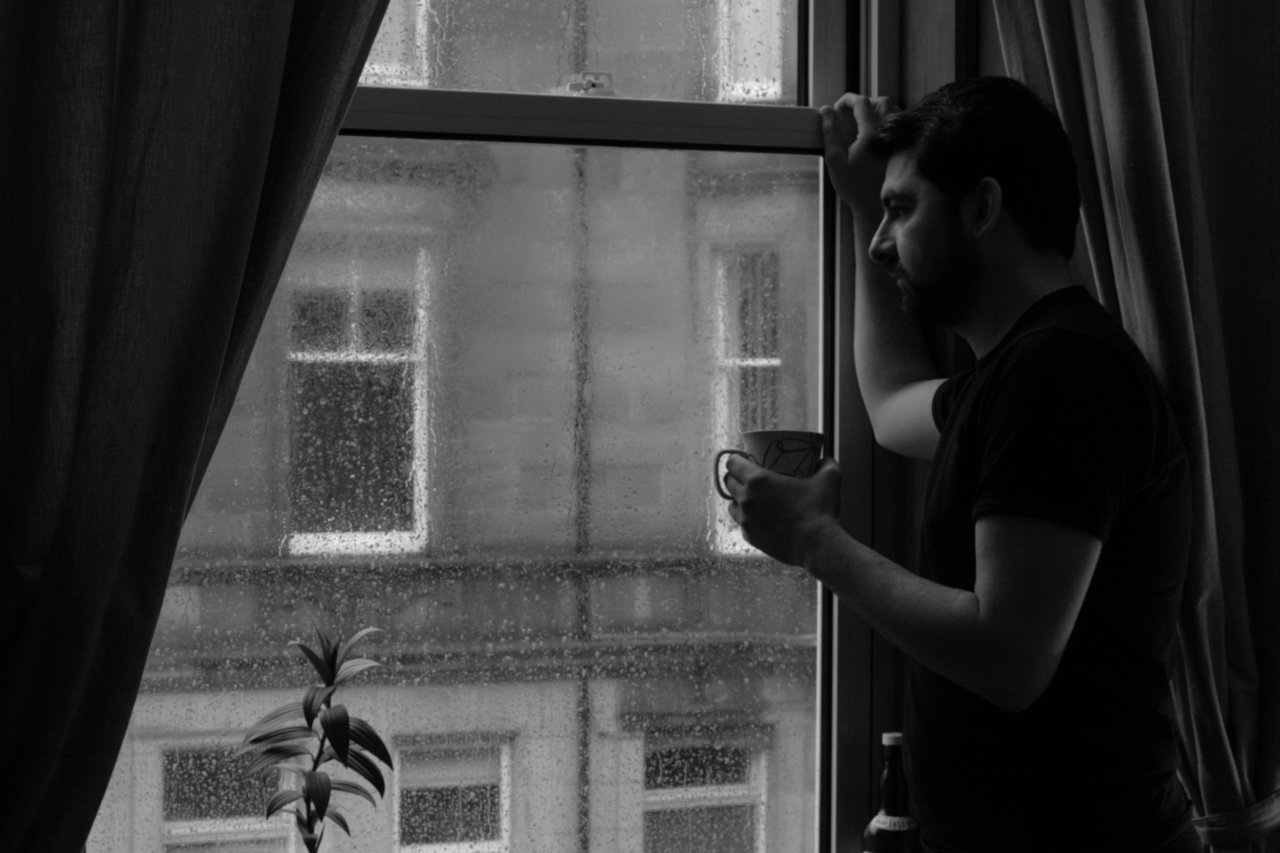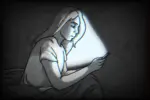The skies over Michigan will turn charcoal grey and the winds will grow brisk and biting in just a couple months. Light autumn jackets will give way to thick downy coats, and hefty Timberland and L.L. Bean all-weather boots will replace Tommy Bahama flip-flops and those ever-ubiquitous white Keds. It will be a while before the first snow falls, but when it does, those who have never seen a snowflake in their lives will rush outside to feel the cold nip their skin.
The sunless days are bearable in the first months of winter, when the ground is covered by a seamless layer of white and the scent of the holidays wafts faintly in the air. Nice, right? A real winter wonderland, but nothing stays gold. By January, the unbroken dunes of white are tainted by muddy grey slosh and the lightless sky weighs heavy on the soul. By February, spirits are broken.
Though I’ve lived in Michigan my entire life, I didn’t really feel winter’s soul-shattering hold until I left home for college. In high school, strange though it may sound, I loved winter weather — the cold, the clothes, the calm dreariness of each day. I suppose I thought that, in some ways, the weather was reflecting my general mood and so I felt at ease with sunless days. High school, too, was very different in terms of academic rigor and social obligations — college life is dominating in a way high school life isn’t.
My freshman year, the snow I’d once looked forward to seeing in the fall (and potentially grant me a snow day) felt suffocating. Taking walks around campus in the chill, dressed in layers and scarves, had always sounded appealing to me as a high school student applying to college, but, as with most things, there tends to be a gap between theory and practice.
Every step I took in winter weather, whether I was heading to class or the pharmacy, was a step I wished I was taking in the opposite direction, back home to where I could hole myself up in my room until warm weather finally made its grand re-entrance. I felt stuck and anxious that winter semester of freshman year, as if life had lost its essential zest.
Part of me wondered if the feeling was just a byproduct of growing older and more jaded with the world — by springtime, however, things were back to normal. So if I wasn’t turning into a bored adult yet, then what was my problem?
What is SAD?
Seasonal affective disorder, otherwise known as SAD, most directly impacts students attending schools in Midwestern or Northeastern regions, with 5 to 13 percent of the student body reporting an increase in feelings of depression during the winter months and female students reporting symptoms of SAD at higher rates than their male counterparts.
People who suffer from anxiety and depression or have a family history of depression are also more susceptible to seasonal affective disorder, as are students who are from warmer, southern states, but attend schools in wintry northern states. While there are spring and summer versions of SAD, SAD is most prevalent in the fall and winter.
According to the Mayo Clinic, symptoms of fall and winter-specific seasonal affective disorder include: “irritability, tiredness, problems getting along with other people, hypersensitivity to rejection…oversleeping, appetite changes especially for foods high in carbohydrates,” as well as some of the typical symptoms of clinical depression, such as low energy and feelings of worthlessness.
What Causes SAD?
As a student who attends school in a state that bears witness to some pretty horrific winters, I can definitely say I’ve experienced symptoms of seasonal affective disorder before. But what exactly is causing SAD? On the chemical level, clinical worker Hilary Katz argues SAD’s causes are threefold: the lack of sunlight exposure in the winter; the decrease in the release of chemicals such as oxytocin, serotonin and dopamine during winter months; and increased levels of melatonin, a chemical that promotes sleep.
There are, of course, other factors to consider. By the time winter rolls in, students have been in school for close to three months, which means they have also been juggling homework, readings, exams, jobs, extracurriculars and other such commitments for the same amount of time. The pressure built up over the course of the semester, coupled with the lack of exposure to light and chemical imbalances brought on by seasonal changes, can prove mentally debilitating.
Yet college students, with their indomitable forward drive, might not take the time needed to properly address their issues with seasonal affective disorder; after all, there’s always something to do, somewhere to be and someone to meet. Who can spare a minute to deal with “the winter blues” when there are a hundred other things requiring immediate attention?
What to Do if You’re SAD
For starters, students should begin by taking seasonal affective disorder seriously. It’s more than just the “winter blues”: SAD can have real effects on one’s academic, social and personal health. Depending on the severity of the SAD you experience, there are several ways to deal with the disorder and brighten the gloomy winter days.
Cornell University’s student life website suggests wearing brightly colored clothing, buying a plant or adding color to your dorm walls for a little boost; if one is experiencing a slightly more serious case of SAD, try exercising at least three times a week, limiting sleep to seven to nine hours a day, consuming more vitamin D or undergoing light therapy (ask your doctor before attempting light therapy, especially if you have sensitive eyes). Most universities offer counseling services and will be more than happy to guide students through the challenges they might face as a result of seasonal affective disorder.
This year, I’m preparing for the winter. I’ve learned that perhaps the best way to deal with seasonal affective disorder is to be ahead of it. When the snow comes with its platoon of dominating grey clouds that block out the sun for six months of the year (and for the majority of the school year in Michigan), I’ll be ready.

















